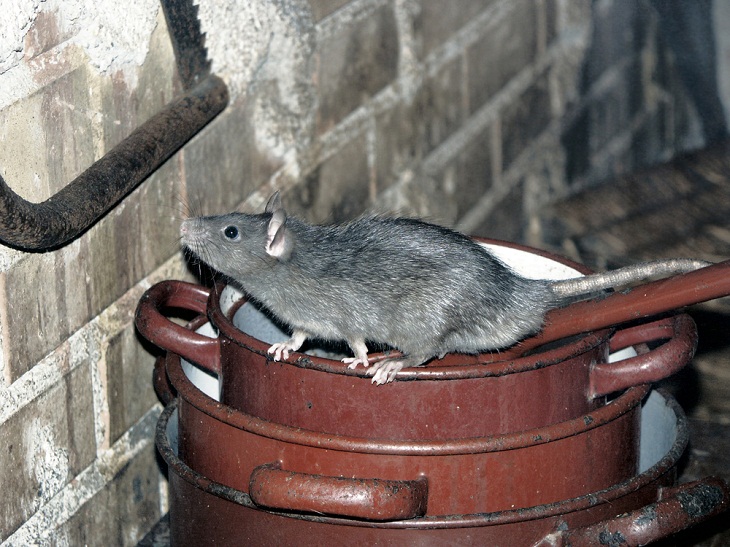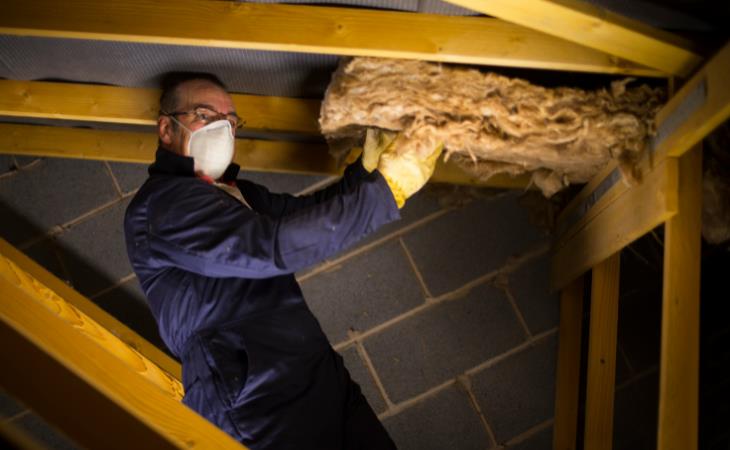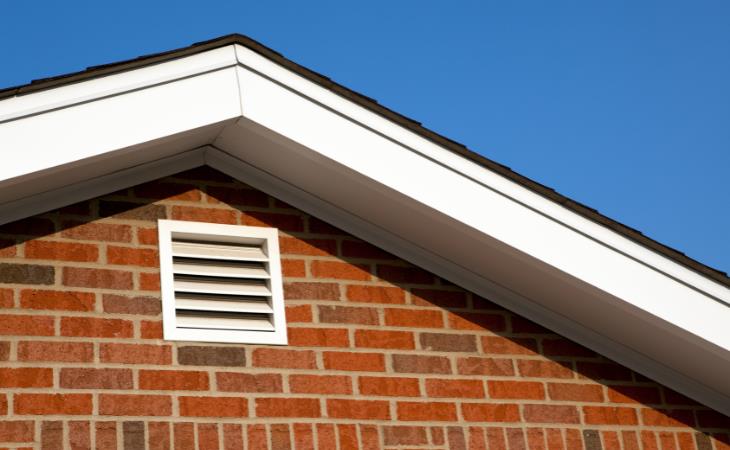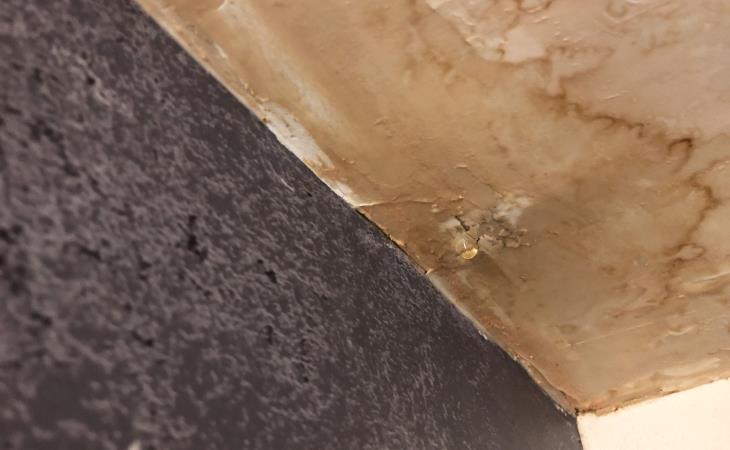Some pests might find your attic the ideal refuge from rain, wind, and predators. If you notice droppings, trails, piles of sawdust, or tears in the existing insulation of your attic, some creatures may likely be hiding there. Also, look for stray materials such as straw, torn pieces of fabric, or paper scraps that might have been used to make a nest. Common attic pests include rodents, bats, flies, hornets, raccoons, and squirrels. Apart from leaving behind a mess in the form of droppings and debris, such vermin can chew through wires for food and bedding and cause considerable damage to your power supply.
They may have come in through any gaps in the soffit. Check in the corners and along any creases where the roof meets the walls or floor for gaps. Seal any obvious entry points around vents and ducts. If the problem doesn’t go away, you should contact a pest control company ASAP. Talk to them about humane ways to remove the animals.
2. Inspect the insulation
Your attic needs to be properly insulated to protect your home from heat and moisture damage. Moreover, a drafty upstairs can cause a lot of problems in the winter months. If your attic is already insulated, you should check the attic insulation to make sure it’s in good condition. Experts say that insulation may settle in older homes and, hence, adding more insulation may be required.
An easy way to understand if you need more insulation is to look throughout the width of your attic. If the insulation isn’t at the right level or is falling away from the walls, it’s a good idea to upgrade it. You should also check if the attic insulation’s R-value — the material’s resistance to thermal heat — is appropriate for your area. Keep in mind that each type of insulation has a different R-value, and the recommended minimums differ based on the climate and temperature of your region.
If your attic has blown-in or loose insulation, its thickness should be consistent across the attic space. You must also check for wind-washing, which is wind-driven air movement through or behind thermal insulation within enclosures. This bulk movement of air moves the insulation and reduces its effectiveness.
3. Check the ventilation
Your attic should have adequate ventilation to prevent moisture problems. Proper ventilation will allow the roof and attic to breathe.
Signs of poor ventilation include mold spots, rusted nails, and condensation on surfaces. A poorly ventilated attic could cause roof damage and higher energy bills. Proper ventilation will help keep temperatures down during those hot summer months resulting in energy cost savings. It will also help offset the stress that’s put on the insulation.
Experts recommend soffit and ridge vents for the attic. This combination takes air from the lowest point of the attic and disperses it through the highest point, typically the roof.
4. Look for leaks
A leaking roof can do extensive damage to the interior of your home. It can lead to mold and mildew issues and damage the ceiling. You can spot leaks in your roof from inside your attic. Signs of a leaking roof include mold, water damage or water stains on the ceiling, moisture on the floor, condensation around pipes, and dark spots or condensation on the chimney stack. Sometimes, even the tar used to seal the chimney flashing can deteriorate, causing leaks into the attic.
You can repair any minor leaks on the roof on your own. However, it’s always better to call a professional for major issues that require someone to get on the roof.
5. Exhaust ducts and vent stacks
The exhaust ducts and vent stacks in your home should continue through the roof to the outside. However, in many homes, bathroom fans are directly vented into the attic. Bathroom fan ductwork can come loose in your attic and expend moist bathroom air into your attic space. This can lead to condensation on the roof framing members and insulation. It can also cause mold growth if the attic isn’t properly ventilated.
Experts recommend extending vents to exhaust outside the home. Alternatively, you can install a vent hood on the roof. Also, make sure that the ducts and pipes that are vented to the exterior of the home are not loose, cracked, or damaged.
It can be stressful to notice any of these issues in your attic. To avoid such problems, you should inspect the attic for damage at least once a year. If you don’t feel comfortable performing an attic inspection, call a pro who can help prevent more serious problems down the line.
Share this post with friends and family...




